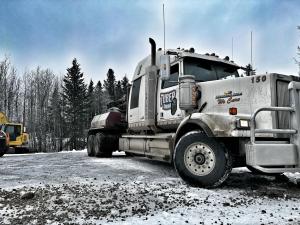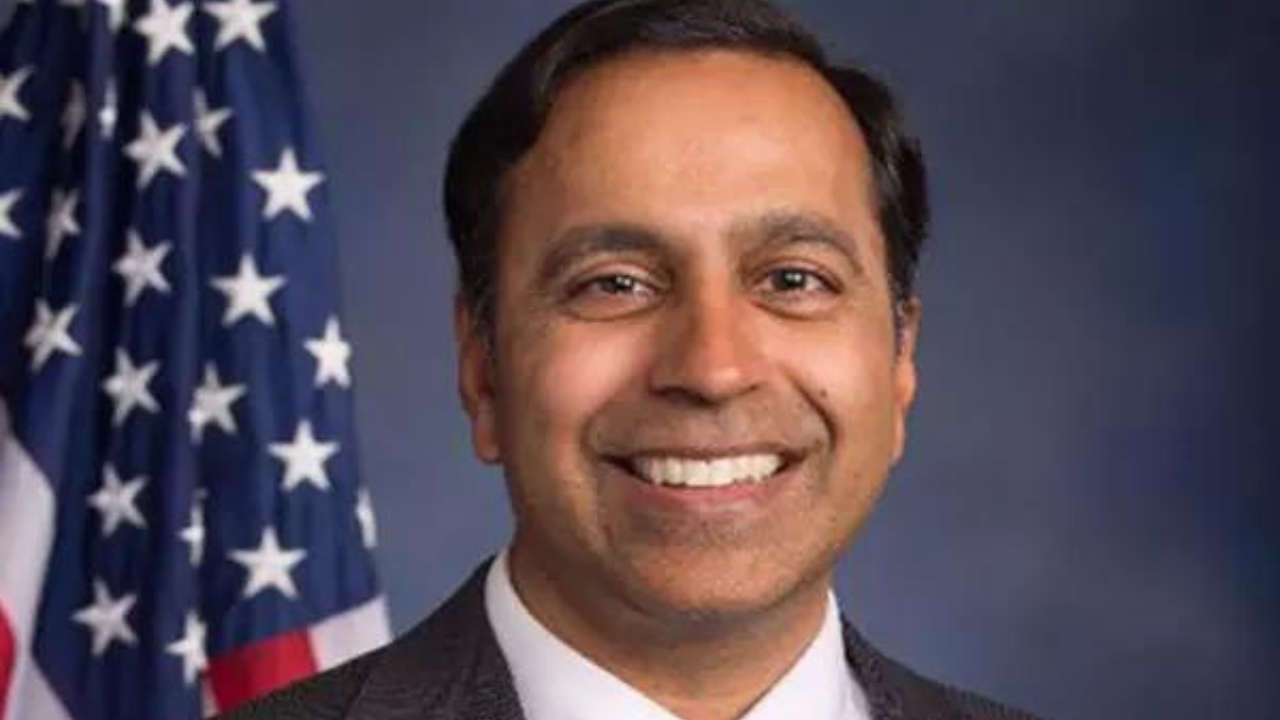ARTICLE AD BOX
— Bill Matheson
EDMONTON, ALBERTA, CANADA, January 9, 2024 /EINPresswire.com/ — Winter in Alberta can be a harsh reminder of the unpredictability of cold weather in Canada. With temperatures dropping to bone-chilling levels of -35C, it’s essential to be well-prepared going into these extreme cold conditions.
Northern winter climate is characterized by mild to arctic cold temperatures, heavy snowfall, and strong winds. It’s what Bill Matheson most accurately called, “That most dreaded of all meteorological phenomena, the Siberian High”. While Canada has had an unseasonably warm end to 2023, the province often faces extreme cold weather warnings in the new year, making it essential for individuals to be aware of the potential dangers and take appropriate measures to stay safe:
Dress for Success:
Layering is key when it comes to dressing for Alberta’s cold temperatures: a moisture-wicking base layer to keep sweat away from the skin, an insulating layer for warmth, and a waterproof and windproof outer layer to shield against the elements. Insulated, waterproof boots, gloves, and a toque to protect extremities from frostbite.
Vehicle prepping:
-Batteries last 3-5 years in Alberta, and a slow cranking engine could be an indication of poor battery health
-Over time the oil will degrade from exposure to heat and chemicals in the engine. A fresh oil change with synthetic oil will help the engine turn over in frigid temps
-Ensure fluids are top up: washer fluid, coolant, brake fluid, etc
-Double check all lights are working for optimal visibility
-Brush the snow off the vehicle before leaving to reduce blowing snow while driving, and to improve visibility
-Tire pressure can drop as the temp gets colder. Check the inside of the driver door jamb for the correct tire pressure
-An emergency kit in the vehicle should include blankets, a flashlight, extra clothing, non-perishable snacks, and a first aid kit
-Vehicles should be plugged in when temps hit -15C or lower
-Avoid letting the fuel level drop below half a tank as moisture can form when transitioning between warm and cold environments
-Avoid short trips. Starting the engine uses stored energy from the battery, so drive long enough to charge the battery back up in between trips (at least 15 mins)
Travel Safety:
Inform someone of any travel plans and expected arrival time. Check road conditions before heading out, and drive to the conditions. Charge up the phone, and consider having an emergency kit close by in case of an emergency.
Driving:
-Following distance: Roads are extremely slippery, and additional stopping distance is required. A following distance of at least 2 to 4 seconds is recommended
-Driving conditions: what’s fine one minute could change to the next. Always monitor for changing conditions and adjust driving as required
-Scan the road ahead – drivers should be looking 12-15 seconds ahead, and scanning side to side to identify any hazards or obstacles
-Monitor road conditions, and make adjustments as required
Checking on others:
Offering assistance to those in need can go a long way in these winter conditions. This can be as simple as a phone call, shoveling a sidewalk or clearing a vehicle, or even offering a ride to those who need that extra bit of help when the temperature drops.
Frostbite and Hypothermia Prevention:
Learn to recognize the signs of frostbite and hypothermia as exposed skin can freeze in seconds at -35C. Dress in layers, cover exposed skin, and limit outdoor exposure during severe cold snaps. If there are indications of frostbite or hypothermia, seek medical attention immediately.
Even though the dance with winter comes every year, these dangerous cold temperatures in Alberta require proactive planning, and preparation. By dressing appropriately, staying informed, winterizing vehicles, driving proactively, and knowing the signs of cold-related illnesses, anyone can safely navigate these winter months with confidence.
Ryan Lemont
Tuber Towing & Recovery
+1 587-598-8237
email us here
Visit us on social media:
Facebook
Twitter
LinkedIn
Instagram
YouTube
TikTok
![]()
The content is by EIN Presswire. Headlines of Today Media is not responsible for the content provided or any links related to this content. Headlines of Today Media is not responsible for the correctness, topicality or the quality of the content.
.png)
 1 year ago
7
1 year ago
7



 ,
,







 English (US)
English (US)